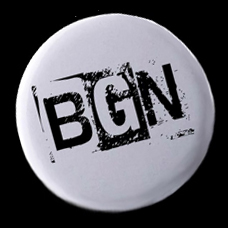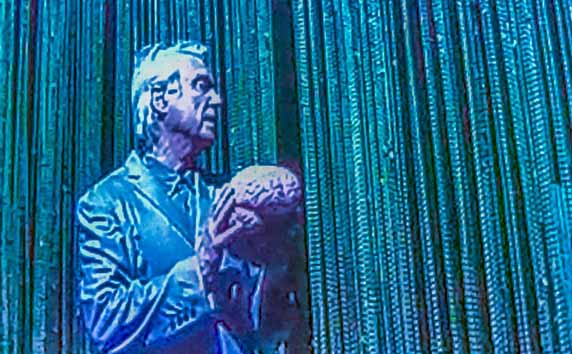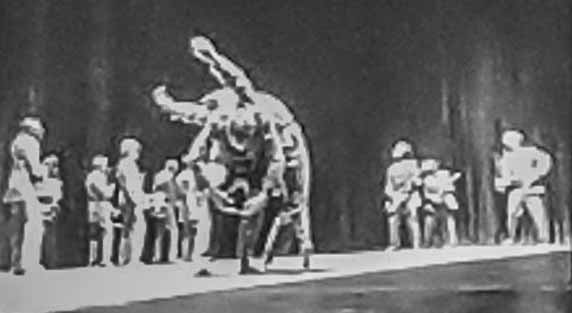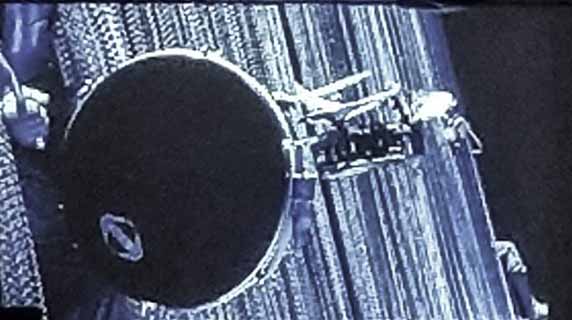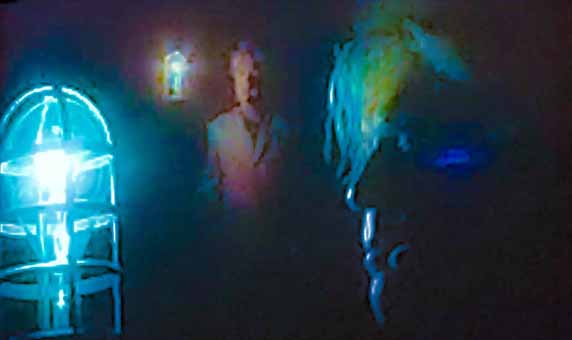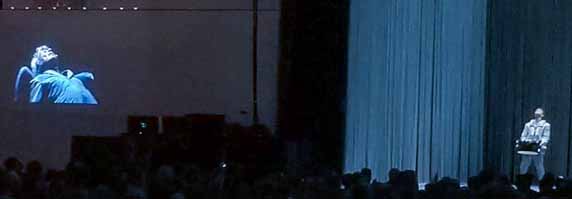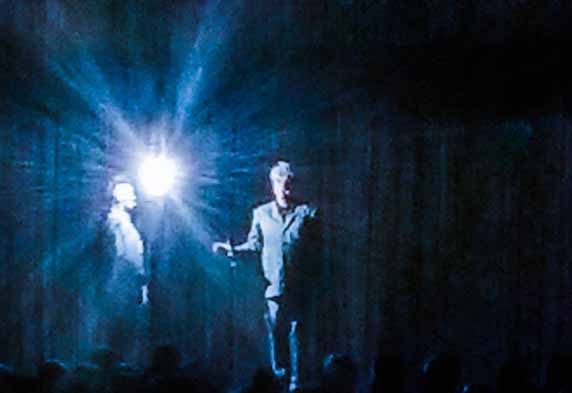|
|
David Byrne Blue Hills Pavillion, Boston August 1, 2018
A good friend of mine grew up in Dorchester in the early sixties. Among other things, that meant drum corp. I finally attended a national semi-final at Gillette Stadium in the mid-nineties after giving him years of avoidant eye rolls. Damn if he wasn’t right. Big time drum corp is rockin’ eye candy and ear-pleasing spectacle. From the look and sound of things, it appears that David Byrne agrees.
The big sail in the seaport sky billows and is chock full Talking Heads fans. They stand up at the first note and never sit down again. The stage’s big room walls are shimmering, 40-foot tall silver mylar strips. An anatomical model of a human brain sits center stage at a small table. On opener “Here,” the first of seven numbers played from his new American Utopia disk, Byrne picks the brain up - ‘Alas, poor Yorick`- and took us on a quirky tour of the various lobes and their functions. It was a winsome opening, a bit of a red herring, with only the off stage drum beats and two singer/dancers to hint at what was to come.
The second song, :Lazy", is from 2004’s Grown Backwards. It introduces the full range of the night’s working parts: the mobile big band; the thump, slap and crack, minimalist, drum corp drumline; and the crisp, angular, martial choreography lifted straight from corp and Balanchine. The tune also asserts the skanky Fela afrobeat guitar, twinkling keys as horns and xylophones and the funkified bass that TH’s and Eno appropriated and introduced to the masses. Cue “I Zimbra.” The beat pulls and pushes at the greying crowd’s creaky elbows and knees. The sound is busy but light, expansive and insistent. The crowd is intent on letting the sound lift them up.
“Slippery People” does its job from the bottom to the top. The TV as melting pot St. Vincent collaboration, “I Should Watch TV,” is slight but has a hooked up vocal. It makes good use of light and Byrne at the silver scrim stage left. Snares, djembes, and bodhran propel the beats. Guitar, keys, and vocals fill in the details. Two backup singers/dancers repeatedly interact with Byrne - a little modern loose, a touch of pantomime, and a dash of contact improv. They are the controls for the movement of the others. Twelve people dance and play around the stage, but this ain’t no sloppy disco party. The drum polyrhythms mirror the alignment and motion of the dancers. Everyone in place.
Byrne, like Robert Plant, isn’t pining for past glories or a suit that no longer fits him. He seems content with the present; no apologies asked or offered. His muse always had its own creative place on the spectrum. The seven songs dedicated to the American Utopia are sharp, and his imprint is immediately recognizable. To the crowd’s gratification, Byrne hasn’t forsaken the TH’s catalog. The early years get short shrift but the cellared versions of "Naive Melody", "Once In A Lifetime", "Burning Down the House", "Born Under Punches" and "The Great Curve" have aged well and lost none of their snap, crackle or pop.
|
links | contact us
